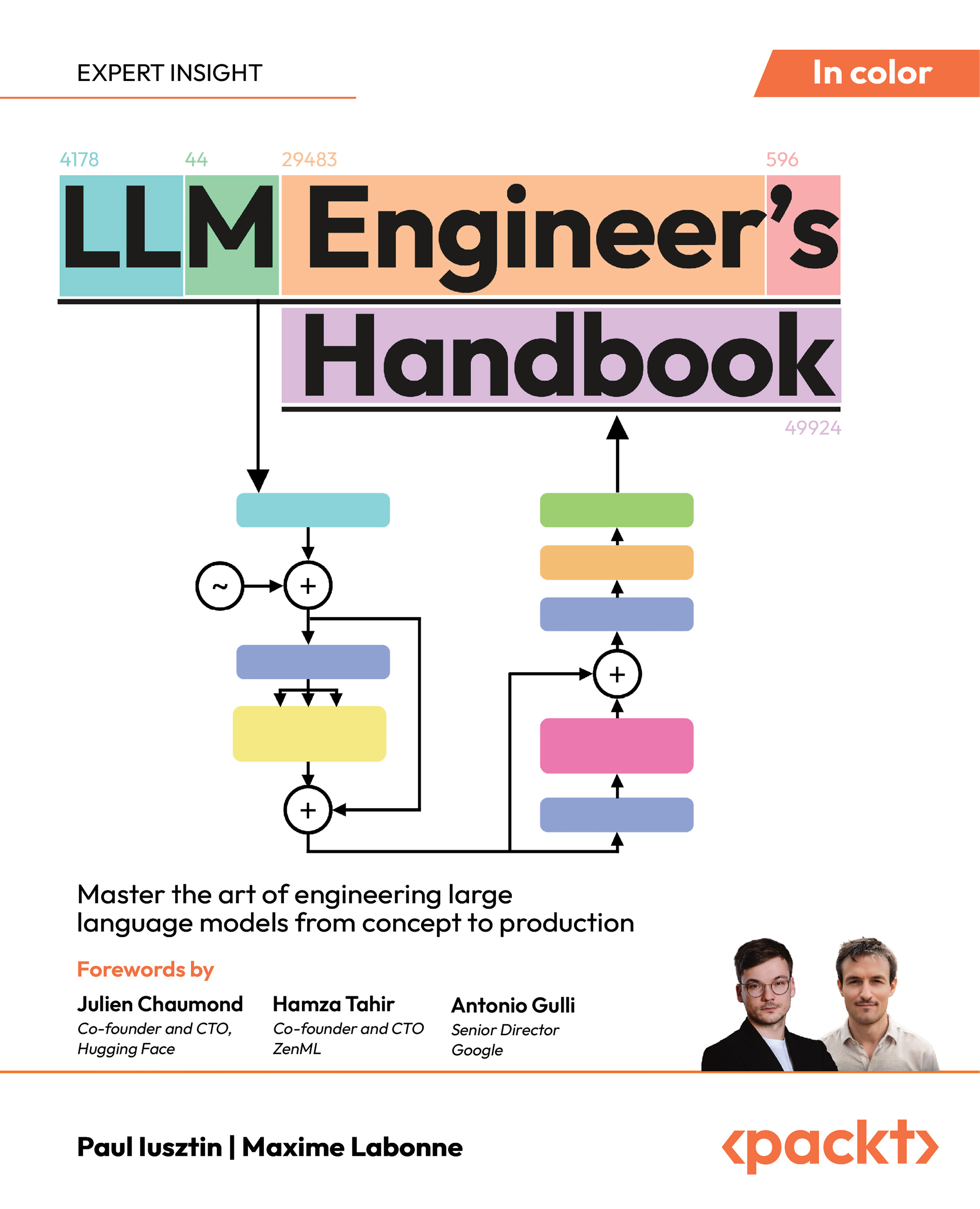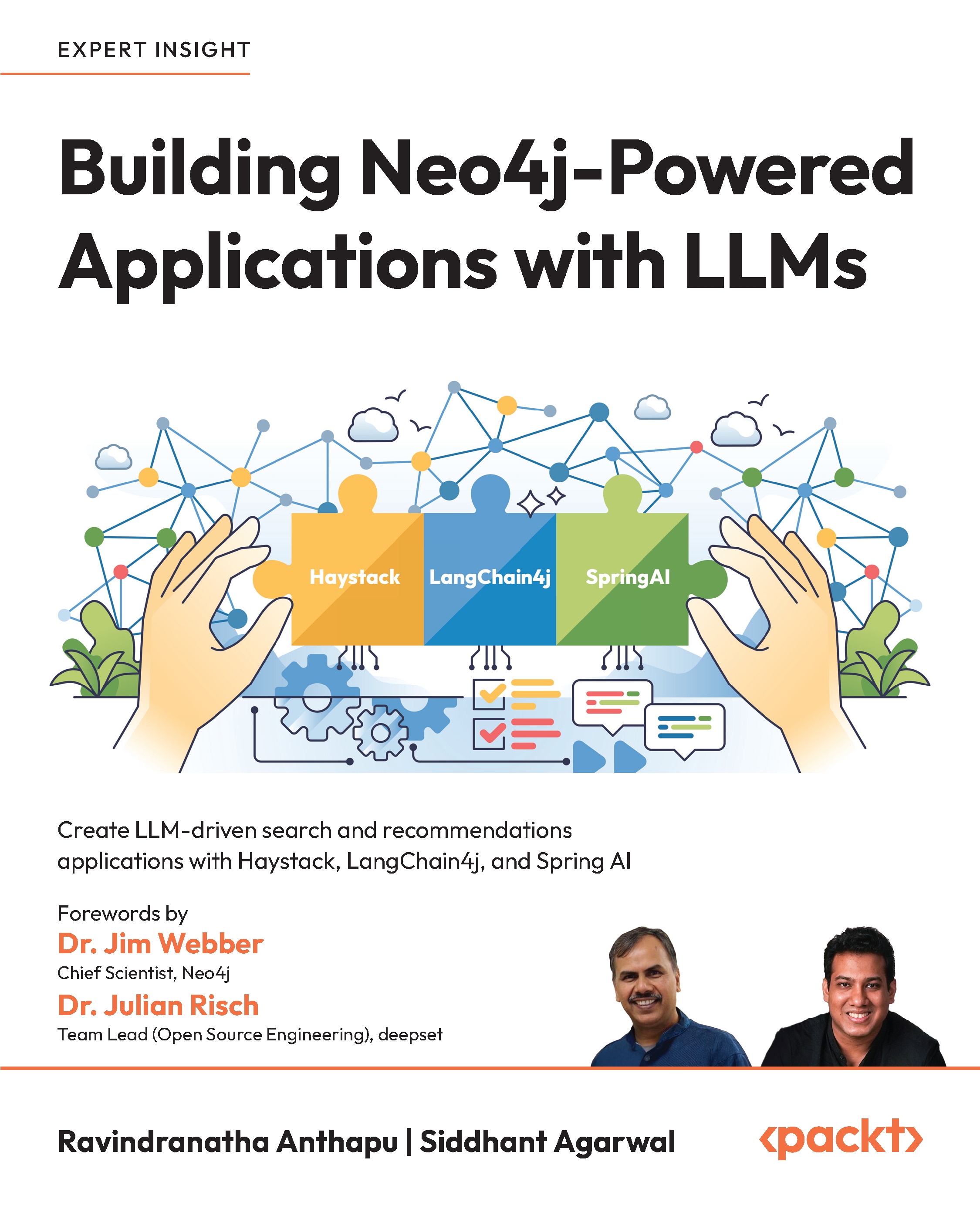(For more resources on IBM, see here.)
Accessing mail in Lotus Notes
The first step in exploring mail is to open mail in Lotus Notes. There are a couple of ways that we can open mail:
- First, from the Home page by clicking the Mail icon as in the following screenshot. If we click the New button, it will create a new message.

- Also, by clicking Open and selecting Mail from the list.

Creating and replying to messages
In the following sections we will discuss how to create and reply to messages including reviewing message actions including setting delivery options.
Creating a message
Once we have opened mail, we can create a message by clicking on the New button and then selecting Message as shown next. As we can see from the message drop down list, there are other options available such as Meeting, Contact, and so on that we can create.

Another way to create a message is by using the keyboard shortcut Ctrl+M. This can be done from anywhere within Lotus Notes, not just when we have mail opened—for example, we can create a message when we are in our Calendar, from within Contacts, or from the Home page using the Ctrl+M option.
Message actions
Now that we have created a message, we will explore some of the message actions.
Along the top of the message, we can see buttons that enable us to do certain things. The following is a screenshot of the available options. We will briefly explore each of these options.

- Send: This speaks for itself; when clicked the message is sent!
- Send and File…: This is an excellent option when sending messages, as it allows us to not only send the message but also to file the message into our folders at the same time. When we click Send and File…, we will see the Folders dialog box with all our personal folders available. The following is a screenshot of the Folders dialog box that appears when we select the Send and File option. We would select the folder we want to file the message into and then click either the OK button or press the Enter key. The message will be filed in the folder; it will also be automatically filed into Sent and All Documents. Note that this does not mean we have three copies of the message filed in the three locations. There is only the one copy of the message in our personal folder; Sent and All Documents. This means if we delete the message from our personal folder, it will be deleted from the Sent and All Documents.

When the Folders dialog box opens, if we know the name of the folder, we can start typing the folder name and that folder will be highlighted. Then if we press the Enter key, the message will be filed into that folder. Typically this is a quicker option than scrolling, especially if we have several folders. When you type the folder name you can see what you have typed in the Status bar, you can delete what you have typed if you have made a typing error.
Unlock access to the largest independent learning library in Tech for FREE!
Get unlimited access to 7500+ expert-authored eBooks and video courses covering every tech area you can think of.
Renews at $19.99/month. Cancel anytime
- Save as Draft: This option saves our message into the Drafts folder.
- Delivery Options: Include options such as mood stamps and prevent copying.
- Flag: We can flag a message before sending it.
- Attachment: Clicking this icon will allow us to add an attachment to our message. Note that we can also drag an attachment into the body of the memo from Windows Explorer.
- Display: When we click on this button, we can see further options regarding how we want our messages to be displayed. We can select if we want to show the BCC field, Additional Mail Options, or Sender Information. The following is a screenshot of what we can see when we enable the Additional Mail Options option:

- High Importance is indicated to the sender by a red exclamation mark.
- Return receipt sends us a notification when the recipient/s have read or previewed the message.
- Sign adds an electronic signature to the message to ensure it has not been tampered with.
- Encrypt marks the message secret and can be read by only those whose name appears in the To, CC, and BCC fields.
- Mark Subject Confidential prepends "Mark Subject Confidential" to the subject field.
- More: This is the last message action, from here we can access Preferences…, Out of Office..., and so on as shown in the screenshot.

Delivery options
When we click the Delivery Options button in a new message, a dialog box opens with two tabs.
Basic tab:

Note the difference between Return receipt and Delivery report—the Return receipt option sends us notification when the person has read or previewed the message, whereas the Delivery Report option tells us when the message failed to reach the recipient, which is the default option Only on failure. Other options available are Confirm delivery or Trace entire path; the later option shows us the server route taken to deliver the message.
Take the time to check out the Mood Stamps. I prefer adding the Good Job mood stamp to a message when I am congratulating someone. I often use the Confident mood stamp when I am sending a sensitive message. I will also select the Encrypt option that allows only those in the To, Cc, and Bcc fields to read it as well as Prevent copying which prevents people from forwarding, printing, copying to the clipboard and replying with history. Combining these options ensures the message is kept secure. The signing option adds digital signature to the message to confirm to the recipient the authenticity of the individual who has sent the mail.
Note that all three of these options typically work only for a message sent within our organization and may not be applied to messages sent to people external to us such as someone at another company.
Advanced tab:
On the Advanced tab, there are options that allow us to add a Please reply by date. We can also select that replies to the memo go to another person or several other people. We can also add our name. Some organizations have shared mail files such as Sales where messages sent to sales at the company name will go into a central mail file. It is preferable to add those addresses, along with my own, to the Replies to this memo should be addressed to field so that those we work with are kept in the loop with particular communications.
 United States
United States
 Great Britain
Great Britain
 India
India
 Germany
Germany
 France
France
 Canada
Canada
 Russia
Russia
 Spain
Spain
 Brazil
Brazil
 Australia
Australia
 Singapore
Singapore
 Canary Islands
Canary Islands
 Hungary
Hungary
 Ukraine
Ukraine
 Luxembourg
Luxembourg
 Estonia
Estonia
 Lithuania
Lithuania
 South Korea
South Korea
 Turkey
Turkey
 Switzerland
Switzerland
 Colombia
Colombia
 Taiwan
Taiwan
 Chile
Chile
 Norway
Norway
 Ecuador
Ecuador
 Indonesia
Indonesia
 New Zealand
New Zealand
 Cyprus
Cyprus
 Denmark
Denmark
 Finland
Finland
 Poland
Poland
 Malta
Malta
 Czechia
Czechia
 Austria
Austria
 Sweden
Sweden
 Italy
Italy
 Egypt
Egypt
 Belgium
Belgium
 Portugal
Portugal
 Slovenia
Slovenia
 Ireland
Ireland
 Romania
Romania
 Greece
Greece
 Argentina
Argentina
 Netherlands
Netherlands
 Bulgaria
Bulgaria
 Latvia
Latvia
 South Africa
South Africa
 Malaysia
Malaysia
 Japan
Japan
 Slovakia
Slovakia
 Philippines
Philippines
 Mexico
Mexico
 Thailand
Thailand






















